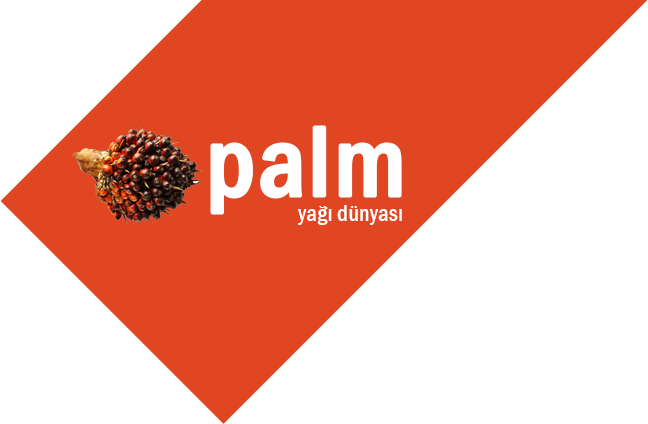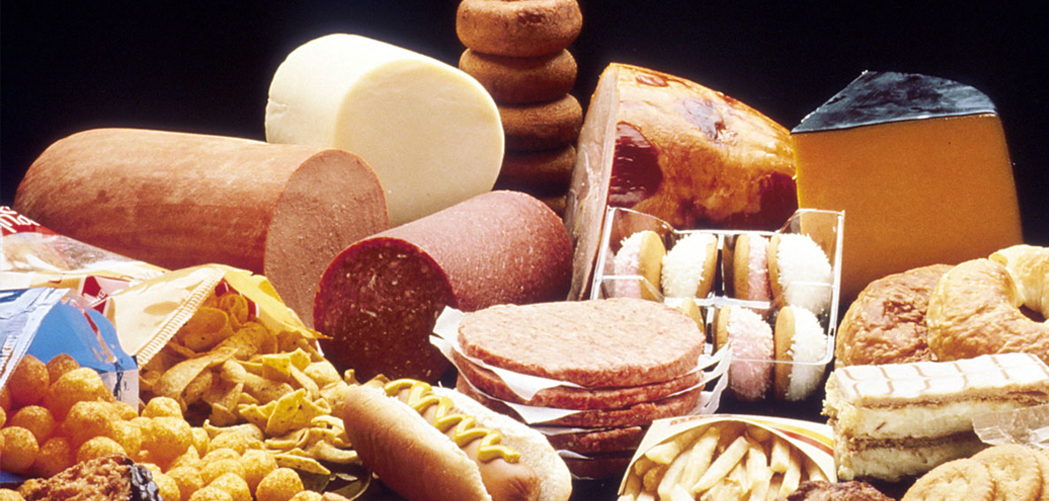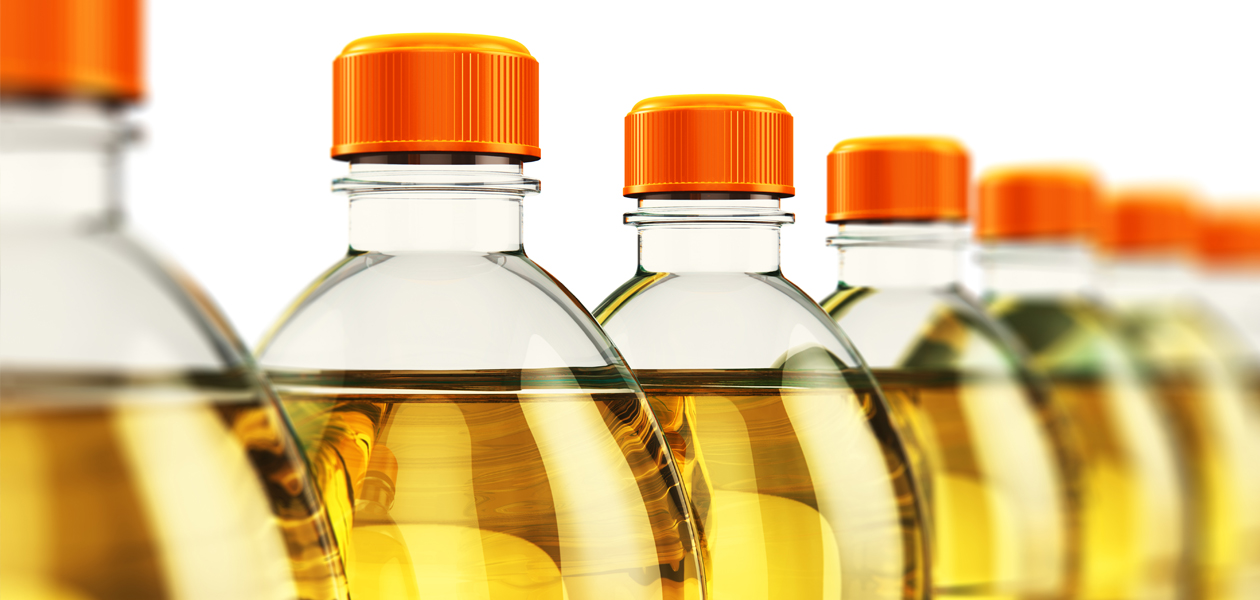An interview about margarine with Prof. Dr. Aziz Tekin, Faculty Member of Ankara University Food Engineering Faculty
What technology is currently used in margarin production in our country and in the world?
It is possible to say that the main changes in margarine formulations was caused by the scientific data showing that trans fatty acids caused cardiovascular diseases in the early 1990s. Until this date, partial hydrogenated products that contain high levels of trans fats were used in margarine formulations for various reasons. In line with the scientific data published in these years, the technology used in margarine production has been changed and trans fats have begun to be eliminated quickly from margarine formulations. It was possible to observe similar efforts in our country.
As a matter of fact, with the request of the Kitchen Products and Margarine Industrialists Association (MÜMSAD), the Ministry of Agriculture and Forestry started to use the “No Trans Fat” logo on products with a trans fat ratio below %1. This voluntary practice has made important contributions in eliminating trans fats in our country.
These terms related to fat are used frequently, what is saturated fat and unsaturated fat?
Fatty acids, which can be classified as long, medium or short chains accoring to their carbon numbers, are called saturated or unsaturated fatty acids depending on whether there is a double bond on the chain. In this context, the term “saturated fat” is used for saturated fatty acids and “unsaturated fat” is used for unsaturated fatty acids.
All edible oils contain certain amounts of saturated fatty acids. There is no natural oil consisting of completely unsaturated fatty acids. In general, tropical vegtable oils, milk fat and animal fats are rich in saturated fatty acids; while other vegetable oils are rich in unsaturated fatty acids. The ratio of margarine to saturated / unsaturated fatty acids depends on the ratio of vegetable oils used in its composition.
We often see the phrase “no trans fat” in margarines. What does that mean? Why is the absence of trans fats so important? Is there any differences in terms of trans fat in our country with the EU?
Yes, the “no trans fat” logo has been used for a long time so that consumers can distinguish between trans fat free products. As i have just mentioned, this practise has been an application that encourages and supports trans fat free production in our country and has made important contributions in eliminating trans fats, which are certain to be harmful to health.
The absence of trans fats in the products we consume is extremely important. Because trans fats are scientifically proven to be harmful to human health. The World Health Organization also stated that trans fat intake should not exceed 1% of daily energy. In this context, up to 2% trans fat was considered safe on an oil basis. As a matter of fact, while the European Union is making legal regulations in this direction; countries such as the USA and Canada have banned the use of partial hydrogenated oils. In addition to the voluntary “no trans fat” logo, which is still progress in our country, a legal desicion was also taken and the rate of trans fat on the basis of oil is limited 2% in our products, as in the European Union. While all stakeholders expressed positive opinions in making this desicion, especially our producers declared that they were ready for this regulation. We see that the process, R&D studies and voluntary application are effective in reaching this point.








Leave a Reply